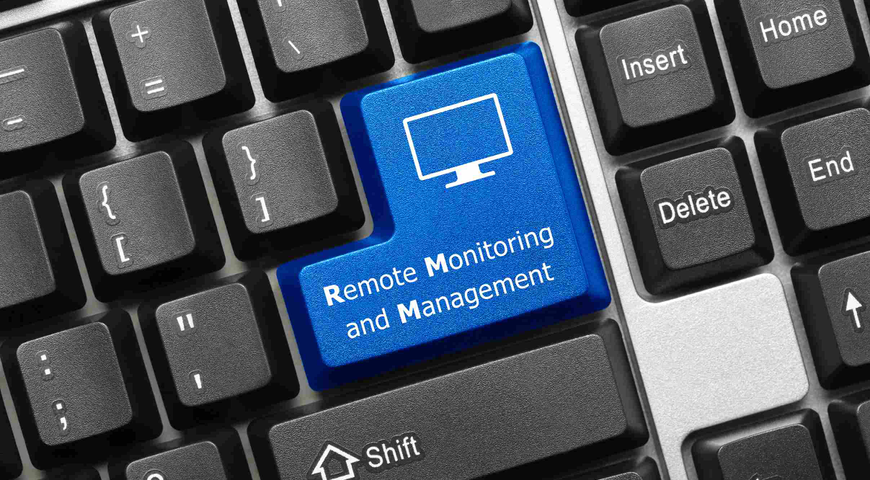Businesses and consumers alike are creating more information every year. With more than 90 percent of the world's data being created in just the past two years, data loss is clearly no joke. Without secure storage solutions and backup, data disasters could mean huge costs and irreplaceable losses. Here's a look at the latest insights and trends in data storage:
1. Get Ready for Robots in the Data Center
A new trend is making its way through the IT industry, transforming the data center with intelligent IT equipment. According to Larry Freeman, senior technologist at NetApp."In order to truly modernize IT, your application servers, networks, data storage systems, and even end-user devices must live intelligently—often, independently." What does Freeman mean? IT equipment and data is becoming so sophisticated, IT providers can't rely on doing each task manually — and now they don't have to. Freeman explains that IT equipment is becoming "self-acting or self-regulating" and these intelligent systems can now not only anticipate user needs, but also simplify and automate many functions in the data center. Says Freeman, "It’s time to change your focus away from managing painstaking manual tasks. Instead, succumb to the growing world of IT automation."
Read more at ComputerWorld
2. 2014 Data Predictions — Get Ready for Backup-as-a-Service
This year, according to Serg Bell, CEO of Acronis, we can expect to see a rise in backup-as-a-service from cloud service providers. "With an expanded portfolio of offerings," explains Bell, "these regional focused service providers will be able to compete against global service providers like Amazon. Service customization and localization will be two key differentiators." Along with this, we can expect the definition of "the cloud" to change dramatically as various services that currently fall under this umbrella term — ITaaS, virtualization and mobile access, to name a few — are defined more specifically.
Read more at WhaTech
3. How To Plan For Big Data Disaster Recovery
While big data might not be "mission-critical," its loss could have a big impact on companies that depend on that data for profits. "It is true that most big data implementations are for data analytics and reporting," explains Lockwood Lyon, senior data architect at Fifth Third Bancorp, "while business and customer transactions are handled by legacy systems. However, we must take into account that big data applications are relatively new. They have not yet had the time to grow in priority and importance." Lyon recommends that companies get proactive in their approach to big data recovery. One strategy is to review all storage needs, capacity and software licenses before getting started. "This allows your enterprise to budget and plan for its needs in advance," Lyon says.
Read more at Database Journal 4. How Virtualization Can Lessen Data Recovery Headaches
IT admins that prepare for the worst-case scenario now will have fewer headaches to deal with should the worst occur. Keith Townsend, an IT management consultant for more than 15 years, explains how IT leaders can take advantage of storage virtualization to upgrade a moderate backup site by replicating storage at different locations, and what to look for when assessing vendors. What may seem like an uphill battle at first, says Townsend, "can bring new levels of flexibility to the data center."
Read more at Search Server Virtualization
[Image via Data Center Knowledge]
About Acronis
A Swiss company founded in Singapore in 2003, Acronis has 15 offices worldwide and employees in 50+ countries. Acronis Cyber Protect Cloud is available in 26 languages in 150 countries and is used by over 21,000 service providers to protect over 750,000 businesses.



